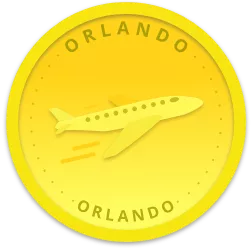Florida's history is a captivating narrative of exploration, colonization, and cultural fusion. The region's native inhabitants, including the Calusa and Timucua tribes, established flourishing societies long before European contact.
In 1513, Spanish explorer Juan Ponce de León became the first European to set foot on Florida soil. Spanish colonization efforts established settlements, including St. Augustine in 1565, the oldest continuously inhabited European-established settlement in the continental United States.
Florida's strategic location led to various territorial exchanges between European powers, including the Treaty of Paris in 1763, which ceded Florida to Britain, and its return to Spanish rule in 1783. It became a U.S. territory in 1821 and achieved statehood in 1845.
Florida's history also includes the Seminole Wars in the 19th century and its pivotal role in the Civil Rights Movement of the 20th century, notably the 1960s civil rights protests in St. Augustine.
Today, Florida's historical landmarks, such as St. Augustine's Castillo de San Marcos and the Edison and Ford Winter Estates, offer glimpses into its rich past. The state's blend of cultural influences, from Spanish and Native American legacies to its modern reputation as a vacation paradise, continues to make it a captivating destination for travelers.
Source ChatGPT


XP EARNED OUT OF 0
Major Airports
Fort Lauderdale–Hollywood International Airport

Elevation
20 m
Opened
1929
Runways
2
Jacksonville International Airport

Elevation
9 m
Opened
1968
Runways
2
Miami International Airport

Elevation
3 m
Opened
1928
Runways
4
Orlando International Airport

Elevation
29 m
Opened
1940
Runways
4
Southwest Florida International Airport

Elevation
9 m
Opened
1983
Runways
1
Tampa International Airport

Elevation
8 m
Opened
1971
Runways
3
Sticker Collection

Biscayne National Park
95% water, the park preserves offshore reefs and the delicate ecosystem that relies upon it.

Dry Tortugas National Park
Accessible only by seaplane or boat, this isolated park preserves Fort Jefferson and the Dry Tortugas islands.

Everglades National Park
A network of wetlands and forests making up the largest tropical wilderness in the United States.




